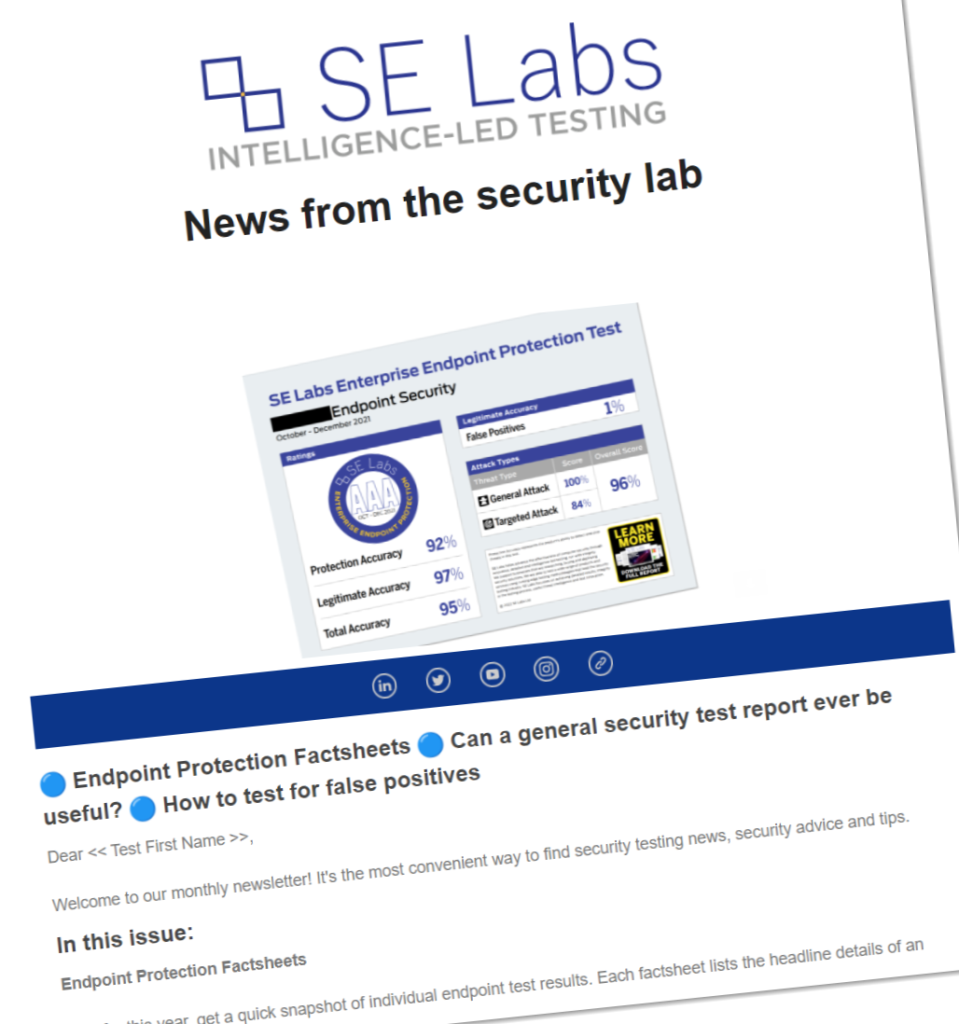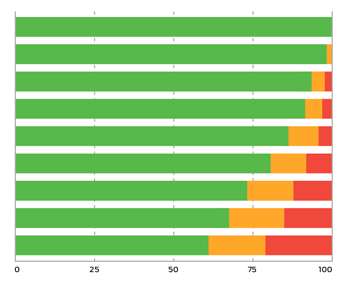Network security appliances vs. Word and PowerShell
Network security appliances tested. Over the last few months we have seen a surge in attacks using apparently innocent documents that install malware covertly on victims’ systems.
Unless you are running specialist monitoring tools, or very effective security software, you probably won’t see any symptoms of the attack.
The goals of these attacks are varied. In some cases they provide remote access to hackers. In others so-called cryptocurrency mining software is installed. These programs (ab)use your systems’ processing power in an attempt to generate cryptocurrencies such as Monero. The attackers get rich off your power bill.
While there are variations in how the attacks work, the typical path to compromise involves opening the document, which could be in Microsoft Word format, after which an exploit runs a PowerShell script. This, in turn, downloads and installs the malware.
Network security appliances
In this report we investigate how effectively some very popular network security products are at handling these and other threats.
As usual, we have also thrown in some particularly devious targeted attacks that appear to be completely legitimate applications but that provide us with remote access to unprotected targets. When we gain this access we try to hack the target in the same way a real attacker would. This gives the security products the best chance of detecting and potentially blocking the bad behaviour.
The good news is that all of these products were able to detect many (if not all) of the threats. Some were able to block most, although complete protection is not guaranteed. As always, a layered approach to protection is best. For advice on which endpoint software to choose see our Endpoint Protection test results on our website.




















